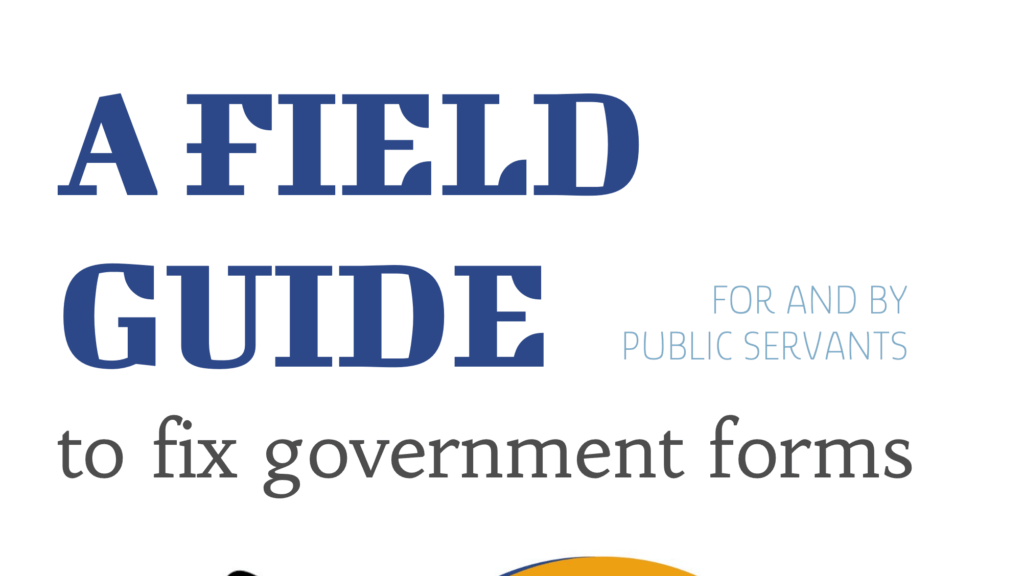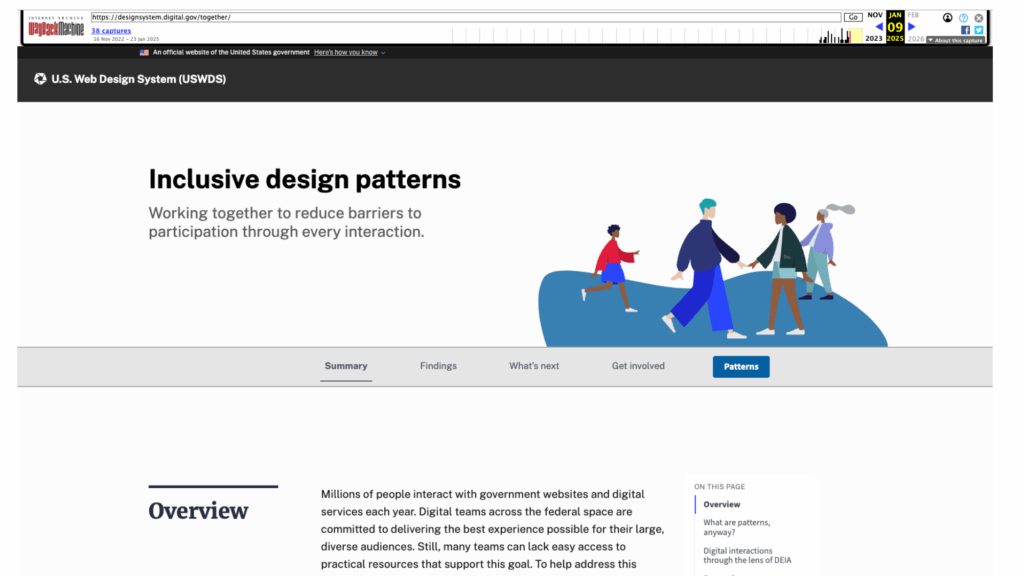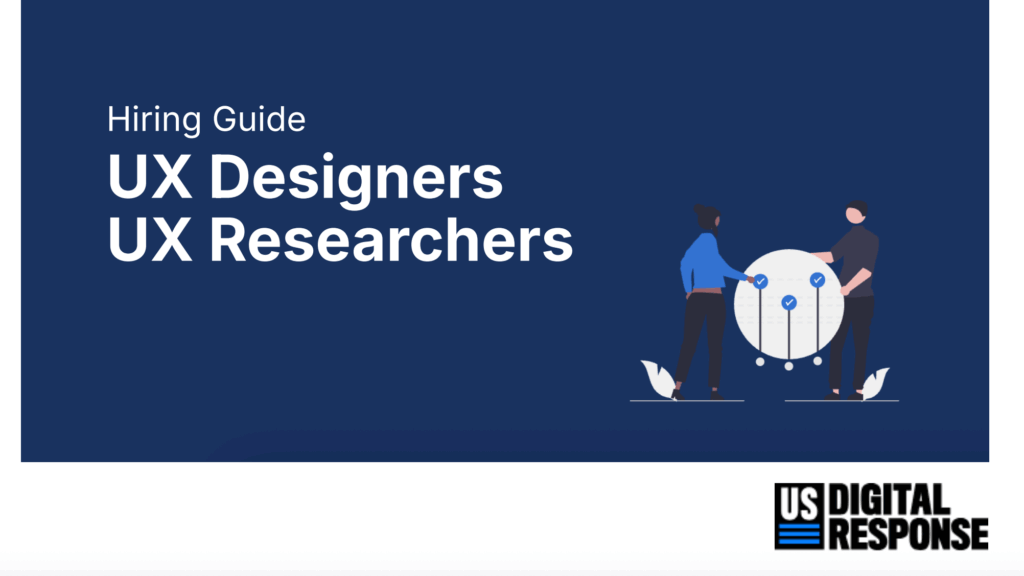Expanding Verification Processes for Child Care Benefits in Massachusetts: A FormFest 2025 Profile
This FormFest profile examines how Massachusetts’ Department of Early Education and Care is modernizing its child care benefits system through human-centered design, making verification and application processes simpler, more compassionate, and more efficient for families and staff.
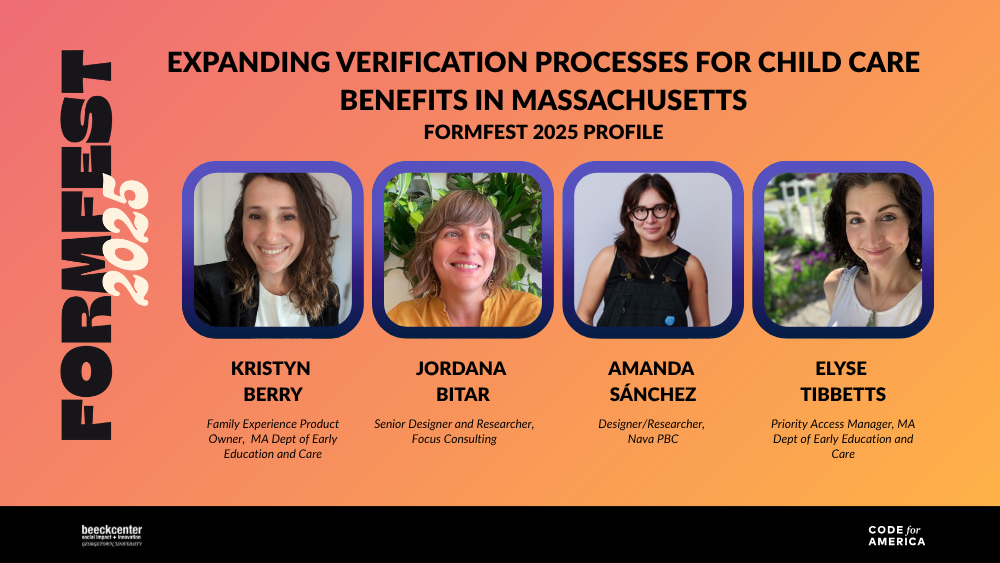
Try completing a task—any task—with kids around, and the importance of child care will quickly become apparent. Now imagine that the task is applying for child care benefits in Massachusetts, where people phone a call center, attend an in-person interview, and submit reams of paperwork simply to place their name on the correct waitlist.
Luckily, that is unlikely to remain the situation in the future. Behind the scenes, a cast of workers in the Massachusetts Department of Early Education and Care are modernizing the system, reimagining child care assistance as a public benefit with a streamlined verification process. This allows families to provide the necessary information for benefits qualification, and helps ensure that they are not disqualified. The updated portal, expected to launch in phases next year, will incorporate a simplified request for information (RFI) to increase self-service options for families with straightforward claims. This frees case managers to devote more time to in-person counseling for clients who need help navigating the system.
“We are treating folks with dignity and respect. They’re able to provide information to us and self-declare certain things instead of having to do an extra form each time,” priority access manager at the Department of Early Education and Care, Elyse Tibbetts said. “The idea is that we’re not over-verifying and we’re not asking for things we don’t need. We’re letting families answer and then we’re believing their answer.”
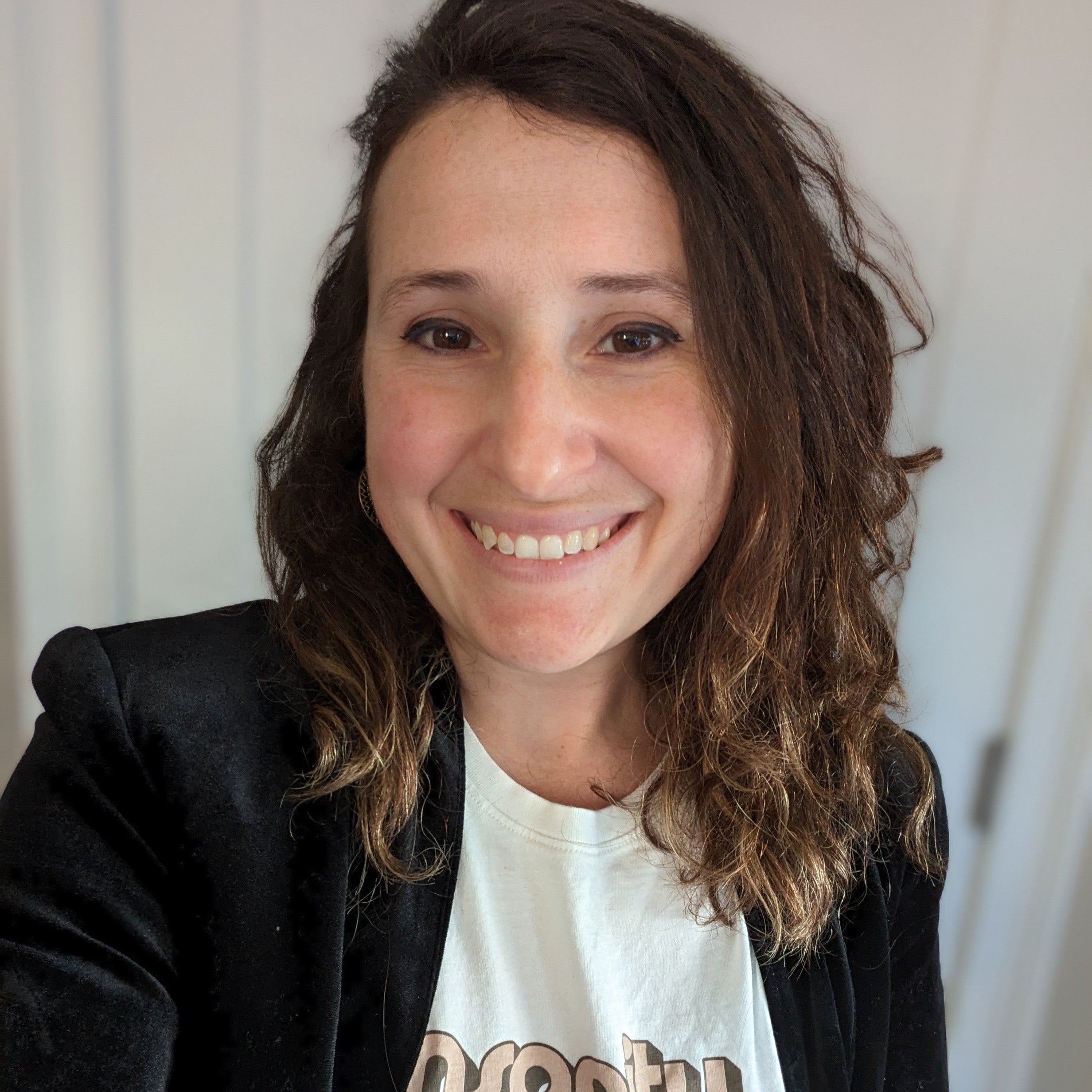
Kristyn Berry: Flexibility in complexity
As [organization’s] family experience product owner, Kristyn Berry says she “owns” the encounters that families have with the Massachusetts Department of Early Education and Care. By nature, this involves many experiences—some complex from a design standpoint—since Berry’s instinct is to ensure the system accommodates them all.
“Often, we’re thinking about how to pivot and make sure we create a specific workflow for a specific family dynamic, and as we’ve worked through that, we’ve had to remind ourselves that we can’t have all of these different experiences built into the process,” she said. “Families are complex and people are complex and life is complex, and it’s only by creating something flexible that we can address each individual case.”
Fortunately, Berry is flexible. Berry’s career path involved earning a bachelor’s degree in biology with the goal of doing research in a lab setting; when that proved too isolating, she moved to industrial design. However, that became a bit too far removed from research, but she soon landed on a sweet spot: usability testing, a research field that focuses entirely on humans. Leaning on her science background, Berry settled into the biotech field, doing safety-based testing on medical devices and observational ethnography-focused design management.
The move to public service wasn’t unexpected. Berry had always been a fan of community engagement, and she had been eyeing a move to a more impactful line of work. Her interest in early education came later, after having three children of her own and seeing firsthand the disparities in outcomes. “Owning” the family product experience is the professional amalgamation of everything that came before—the science, the research, the desire to work alongside people, and the drive to create something with real impact.
“Biotech, that work is important, but it felt very niche to me, and I wanted to be working on problems that affected everyone,” she said. “I just feel very lucky to have kind of found my way to this job, and now that I’m here, and I reflect on everything that came before it, it does make a certain sort of sense.”
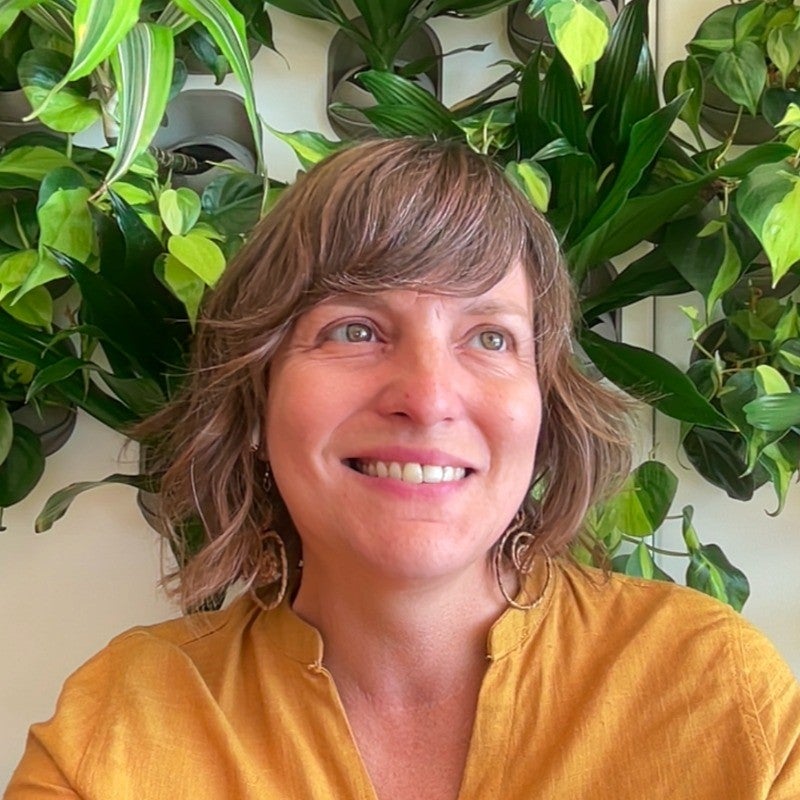
Jordana Bitar: Layers upon layers
Jordana Bitar’ is a senior designer at Focus Consulting, where she joins teams to conduct user research and human-centered design to improve services across a variety of agencies and organizations. In short, Bitar works in the sweet spot where intention turns to impact.
“Day to day, I ask a lot of questions, hold space for ambiguity, and help our teams bridge the gap between policy and practice with design pathways,” she said. “It’s a dynamic environment where design, implementation, and policy constantly interact—and that’s where the magic happens.”
Her work on the RFI project came by requiring families to provide only the information truly needed to advance their applications—no more, no less, Bitar said. This change aims to reduce the burden for applicants as well as agency employees, who will benefit from having easy access to relevant information to make time-sensitive decisions.
“It’s a shift toward clarity and efficiency, allowing all parties involved to focus on meaningful progress rather than paperwork and reasons for benefit denial,” Bitar said.
The layered, multidisciplinary nature of the work is a reflection of Bitar’s life, built on a foundation of seemingly disparate pieces that combine in a harmonious whole. The daughter of a sociologist, Bitar was raised to “observe social phenomena and think critically about privilege,” forming a foundation for seeking to understand different perspectives and build meaningful relationships. Years of playing volleyball semi-professionally and drumming in a band showed her “the power of improvisation and collective intelligence—of how responsiveness, trust, and shared rhythm can create something greater than the sum of its parts.”
“I’m deeply motivated by the concept of mudita–the joy we feel in witnessing the happiness and success of others. Acts of service are one of my love languages, and that shows up in both my personal life and my professional work,” she said. “Working in design for social impact feels like a natural extension of how I move through the world.”
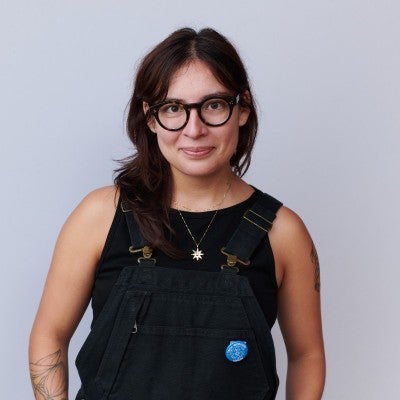
Amanda Sánchez: Yes, but why?
As a designer and researcher at Nava, Amanda Sánchez is well-versed in the design intricacies of benefits delivery systems. But even with that experience, improvements can be tricky. Change a single step, and every step that comes after changes as well. It can be a jumble, so Sánchez recommends a bulletin board.
“For this project, we had one that looked like a spiderweb,” Sánchez said. “We looked at it from a system-specific lens, knowing that if we tweaked this one thing over here, it probably has implications for this other thing over here. It is a balancing act. On the plus side, we’re all very strong now, because we’re holding a lot of things and trying to make sure nothing falls.”
It’s a lot of information, and that’s a plus for Sánchez, a self-described “annoying child” who always had just one more question. That curiosity ultimately led Sánchez to design research, which they discovered during a consultancy job working on human-centered projects, each composed of a thousand small design choices that no one could seem to explain.
“It was the kind of creative work where I kept asking myself, ‘Why are you using that color to convey this? Why did we choose this typeface? Why did we build it this way?’ and no one really had an answer for me,” they said. “That frustrated me.”
Sánchez decided to find the answers, digging into the fundamentals of design and the role of equity and language in human-centered projects. That research would eventually comprise their master’s thesis — and inform the basis of their work at NAVA, where every design choice is based on input from real people simply trying to get by.
“The most rewarding part is the connection I get to make with families, especially on this project,” they said. “I’ve cried several times after different interviews, just because of how kind the families are and how excited they are to provide feedback. And I get to bring them into the conversation and help them get benefits. I love this work.”
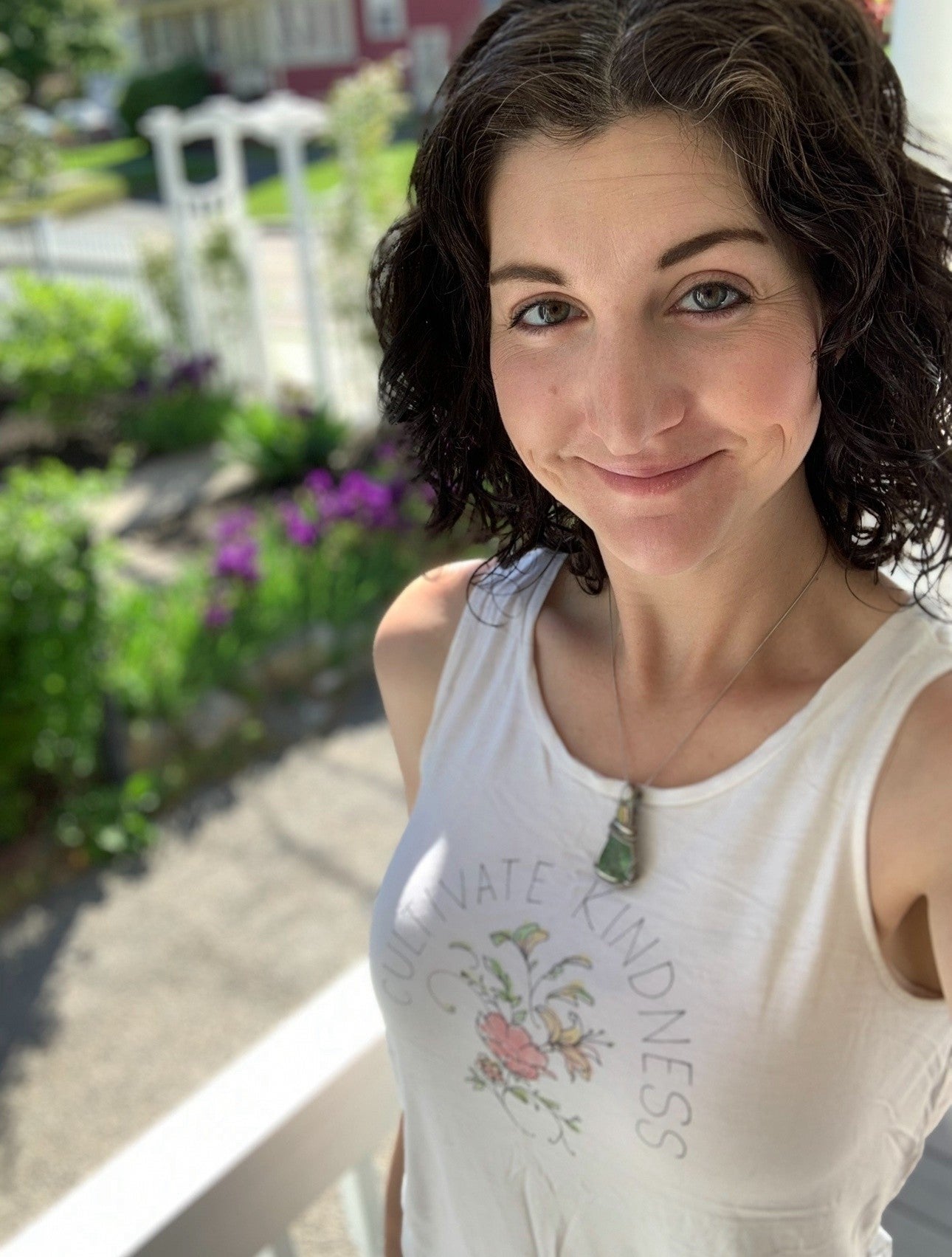
Elyse Tibbetts: Systemic nuance
The improved child care benefit portal is the result of a series of changes that shifted the system as a whole but did not, necessarily, change the underlying policy. Usually, there’s enough subjectivity within the existing rules to adjust things for a better experience, according to Elyse Tibbetts, priority access manager at the Department of Early Education and Care.
“We aren’t changing the eligibility rules. We’re expanding the way families can verify things, like allowing users to submit paystubs from the last six months rather than the previous two weeks,” she said. “We’re allowing them to submit whatever is most reflective of their current situation. It’s about the people part of it.”
People have always been the thing for Tibbetts, who majored in psychology to better understand human behavior and the way we experience and make sense of ourselves and our place in the world. A graduate degree in human services placed that knowledge in the context of broader societal systems, helping her understand the ways that organizations and governments create — or fail to create — support systems. Tibbetts uses both in her work, where she tailors traditionally rigid government services to accommodate the nuances of a variety of life experiences.
“I love being able to look at complex problems, and implement solutions. Government has a tendency to overcomplicate things,” she said. “It’s asking, how do we step back and think about our stakeholders and their experience?”
Those solutions are almost always a team effort, which is how Tibbetts prefers it. But she also does a fair amount of brainstorming on her own.
Well, mostly on her own.
“I do a lot of my best work thinking and talking to the ducks at our neighborhood pond,” she said.
FormFest 2025
FormFest is a free virtual event showcasing governments working to make services accessible to everyone through online forms. Discover best practices and tools that are shaping the future of form design and service delivery.
